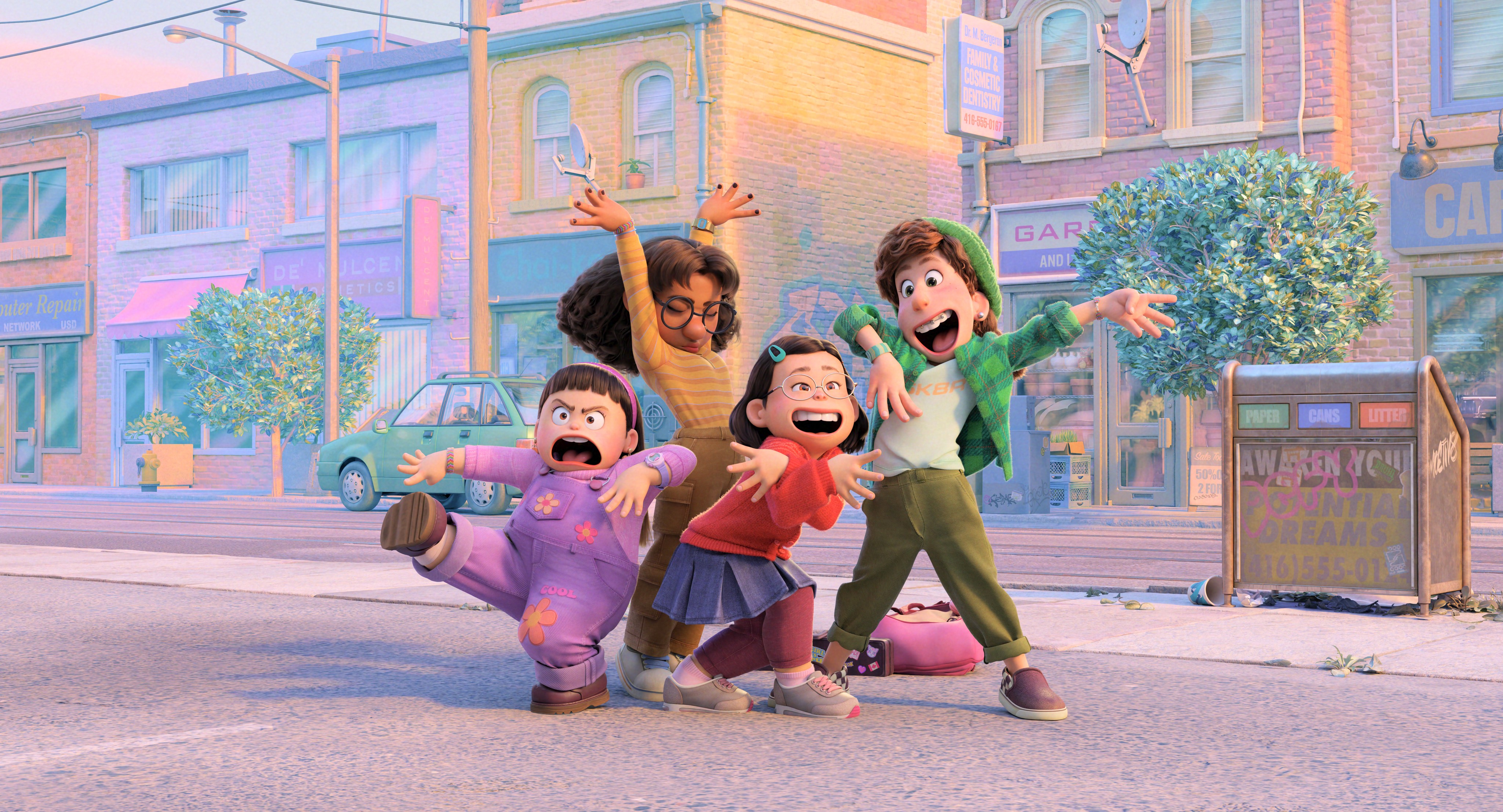Written by: Lili Minato | Freelancer
Black and white scenes, an atmospheric droning soundtrack and beautifully intriguing cinematic designs make the 1977 David Lynch film, “Eraserhead,” an instant classic for those interested in arthouse films, and, throughout the years, the movie has gained a cult following of Lynchian fans.
Recently, the fan focus has shifted towards the unusual premature baby that plays a main role in the film. The infant, who is usually referred to as “Eraserhead Baby,” but was also lovingly nicknamed “Spike” by the cast and crew of the film, has begun to capture the attention of many younger film buffs.
The baby’s abnormal appearance — which was inspired by a calf fetus — and his distressing storyline have restructured the hearts of many. These young adults have taken to social media to share their appreciation and maternal instincts for the newly born baby boy.
A multitude of videos, posts and art — all in honor of the Eraserhead baby — have been shared across platforms such as TikTok and Tumblr. Some of the content includes users yearning to be the baby’s mother, while others question the love that people have for such a monstrous infant.
In some drawings and photo edits that were posted, the baby can be seen interacting with famous characters from other fictional shows and movies — such as Fox Mulder from “The X-Files,” or Finn the Human from “Adventure Time.”
The unconditional love and admiration for the Eraserhead baby represents a wonderful example of the infatuation with the strange and unusual, as well as the fondness and empathy for the underdog character.
While watching “Eraserhead,” one may feel disgusted and repulsed by the subject matter, but to others, the film — and the baby — may have a larger impact.
One may see themselves in the baby: just a small, weak entity that rarely receives love and compassion. Others may find themselves wanting to take care of the infant, to give it life and meaning.
The beauty of “Eraserhead,” is that it has an unknown message. The film is up for the viewer’s interpretation. An audience member may see themselves in the movie, while another may not. The film camouflages into different meanings depending on who’s watching it — this phenomenon also occurs with the Eraserhead baby himself. The baby is up for interpretation just as the movie is, which makes him so accessible to fans. He is a mysterious and intriguing character, which allows for “Eraserhead” fans to latch on and become easily attached to him. He could be a malevolent figure or a sweet and innocent one.
Either way, the Eraserhead baby has infatuated viewers. Whether it be from the introspective interpretations of the infant or if it’s just his silly look and demeanor, the film — and the baby — will continue to have a cult following for years to come.
Contact the author at lminato22@mail.wou.edu.




